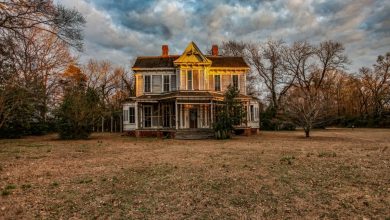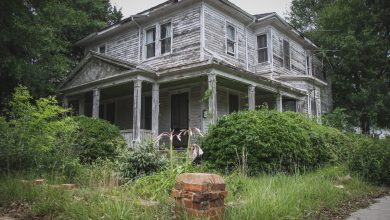The Craftsman Mansion – Abandoned House
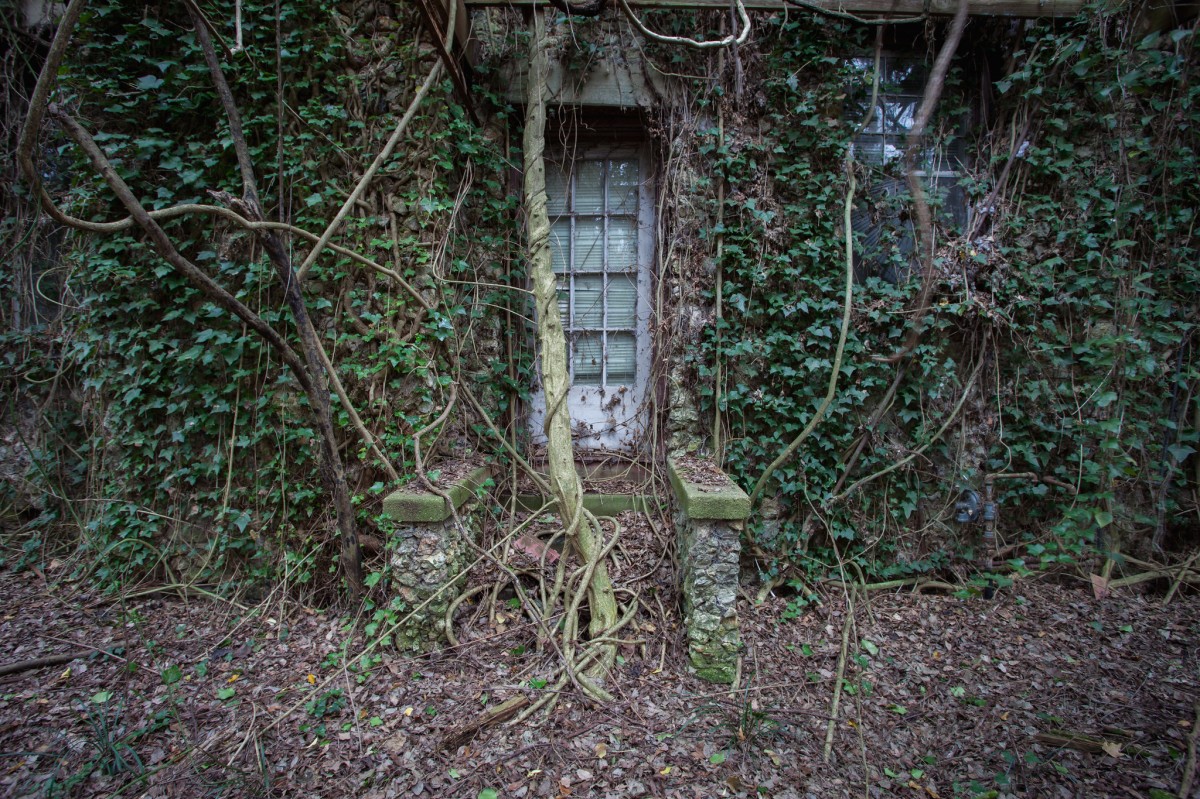
In October 1901, Gustav Stickley launched his influential magazine The Craftsman. It focused entirely on the construction and interior design of the Arts & Crafts movement. Stickley was an architect himself, as well as a furniture maker. He was also an ardent proponent of the Arts & Crafts philosophy that advocated for a revolt against the presumed evils of the Industrial Revolution – mass-produced, shoddy goods – and a return to handcraftsmanship. Working with architect Harvey Ellis, Stickley designed 221 house plans published in The Craftsman. Craftsman-style homes were popular before World War II. Small cottages, often called bungalows, with a small front porch are typical Craftsman homes. It is rare to find large Craftsman dwellings in the Southeast.
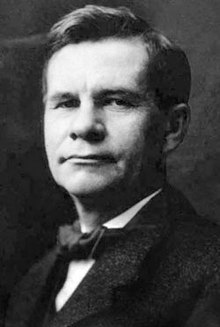
This home was designed by an Atlanta architect in 1915 and constructed in Alabama. Extensive stonework covers the exterior, chimneys, and porch columns. Wide overhanging eaves accentuate the roofline. The house became so popular during construction that neighbors asked the builder to build homes for them too. One house had its staircase removed entirely and replaced with one identical to this one.
It was common for Arts & Crafts homes to be constructed in harmony with the landscape; wood was often stained or painted brown. On the front, rock columns support a wide porch. Craftsman homes are best known for their warm woodwork and many rooms. Built-in cabinetry provides storage and makes the most of available space. With the box beam ceilings, the builder added yet another level of elegance and detail.
The original covered entrance has since collapsed from decay. The house has sat unoccupied since the late 1990s. Vines and ivy have engulfed the home, almost completely covering portions of the exterior. Antiques and personal belongings remain in the house today. An upright piano, an organ, and a square grand piano sit in the formal dining room. There are currently no plans for the home. The property is currently for sale for $500,000.
In recent decades, Stickley and his work have become popularly recognized once again. It is particularly his early furniture, produced between 1900 and 1904, that is often seen as appealing to collectors. In 1988, Barbra Streisand paid $363,000 for a Stickley sideboard from the Gustav Stickley House in Syracuse. An article written by the Associated Press stated that “Streisand’s telephone bid on the 1903 sideboard set a record for a Stickley piece and for a single piece of American Arts and Crafts movement furniture.” During an auction in 1999, Streisand sold that same sideboard for $540,000 to a then-unnamed buyer; the sideboard subsequently appeared within the collection of the Two Red Roses Foundation. An article written by CBS News stated that “the winning bid set an auction record for a piece of furniture from the Arts and Crafts movement.” Magazines such as Style 1900 (out of print as of January 2013) and American Bungalow cater to those interested in the Arts and Crafts movement. A major touring exhibition organized by the Dallas Museum of Art, Gustav Stickley and the American Arts & Crafts Movement, opened at the Newark Museum on September 15, 2010. The exhibition then opened at the Dallas Museum of Art on February 18, 2011, and remained on view until May 8, 2011, before opening at the San Diego Museum of Art on June 18, 2011, subsequently closing on September 11, 2011.
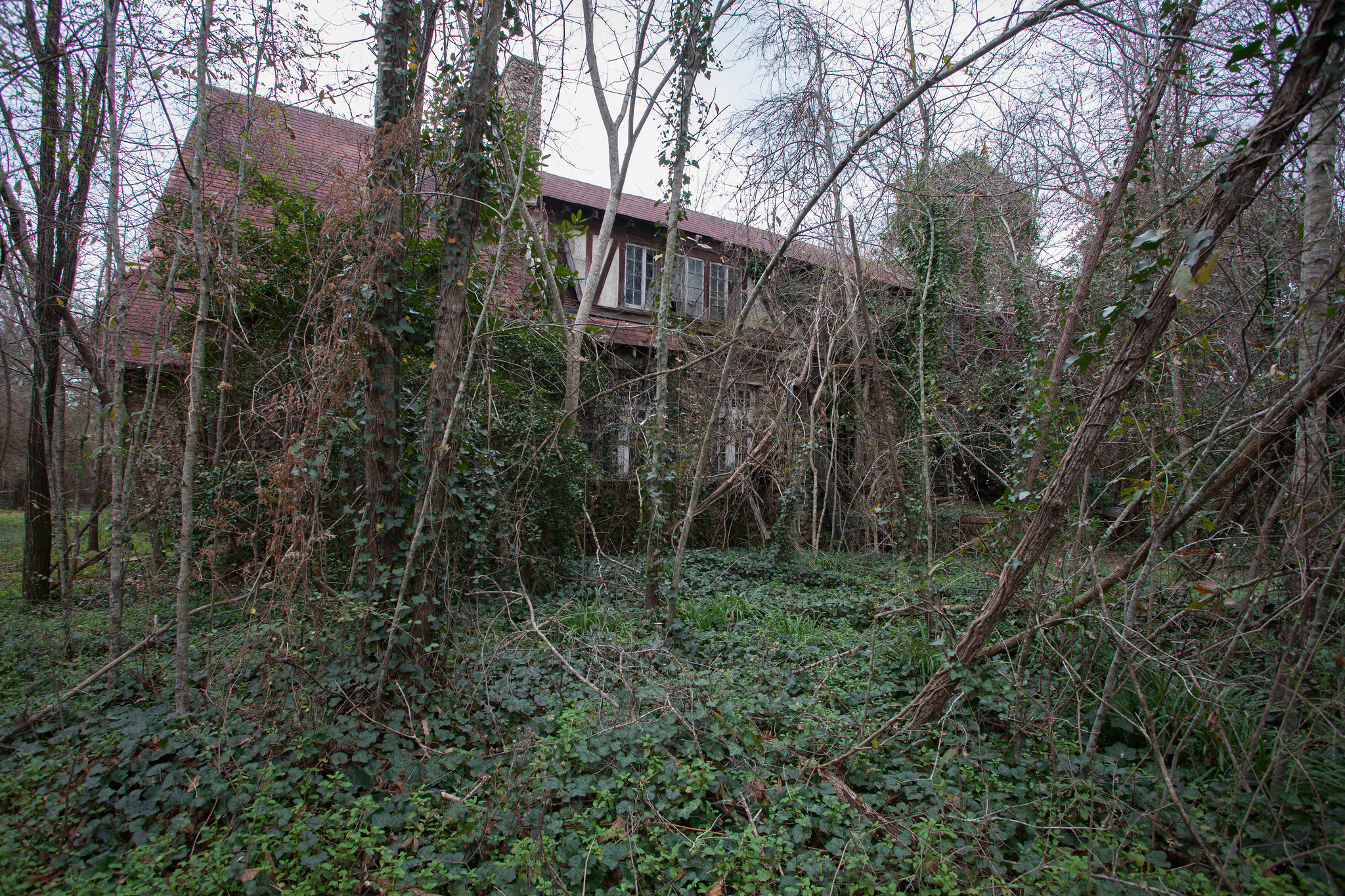
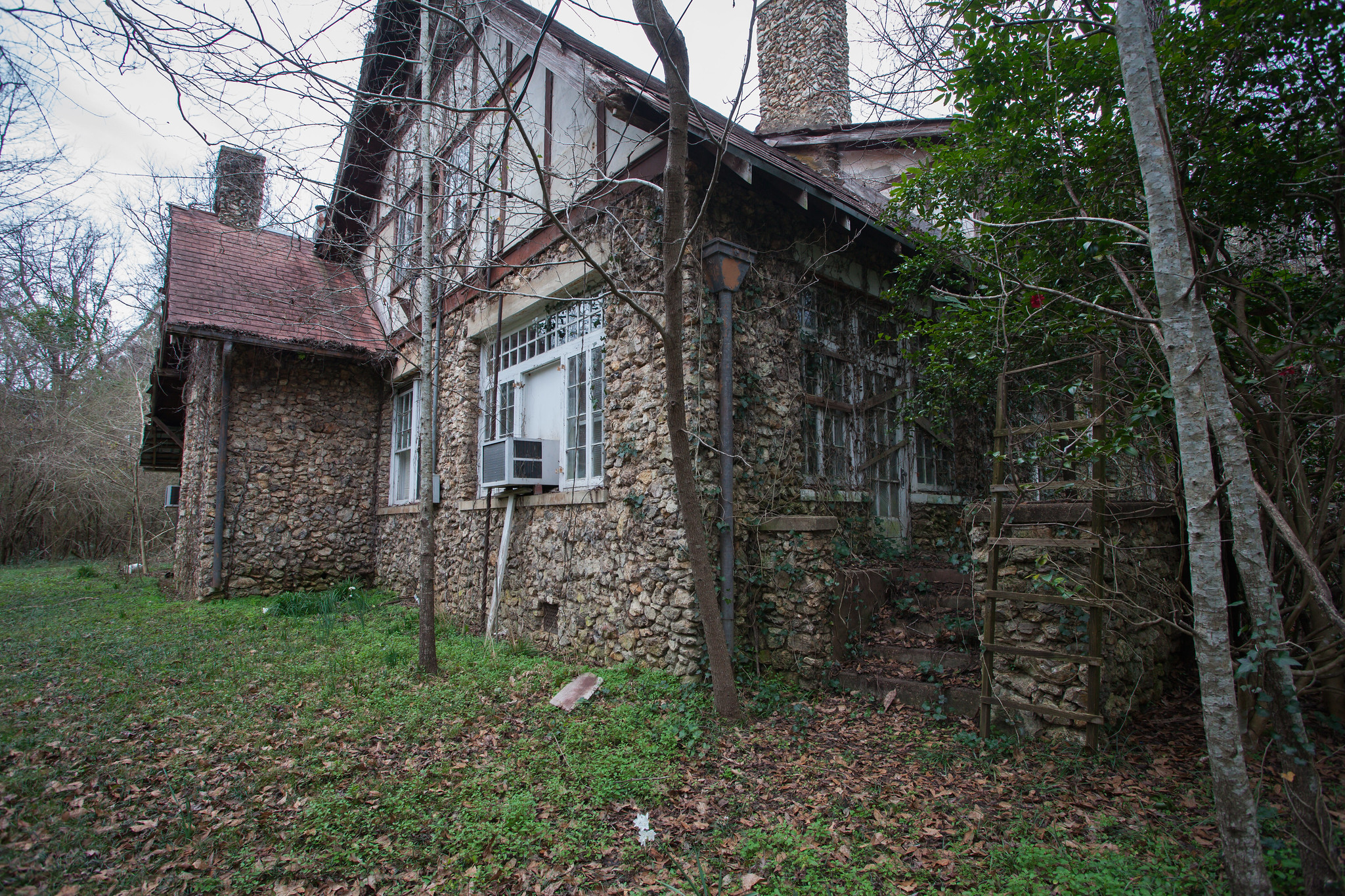


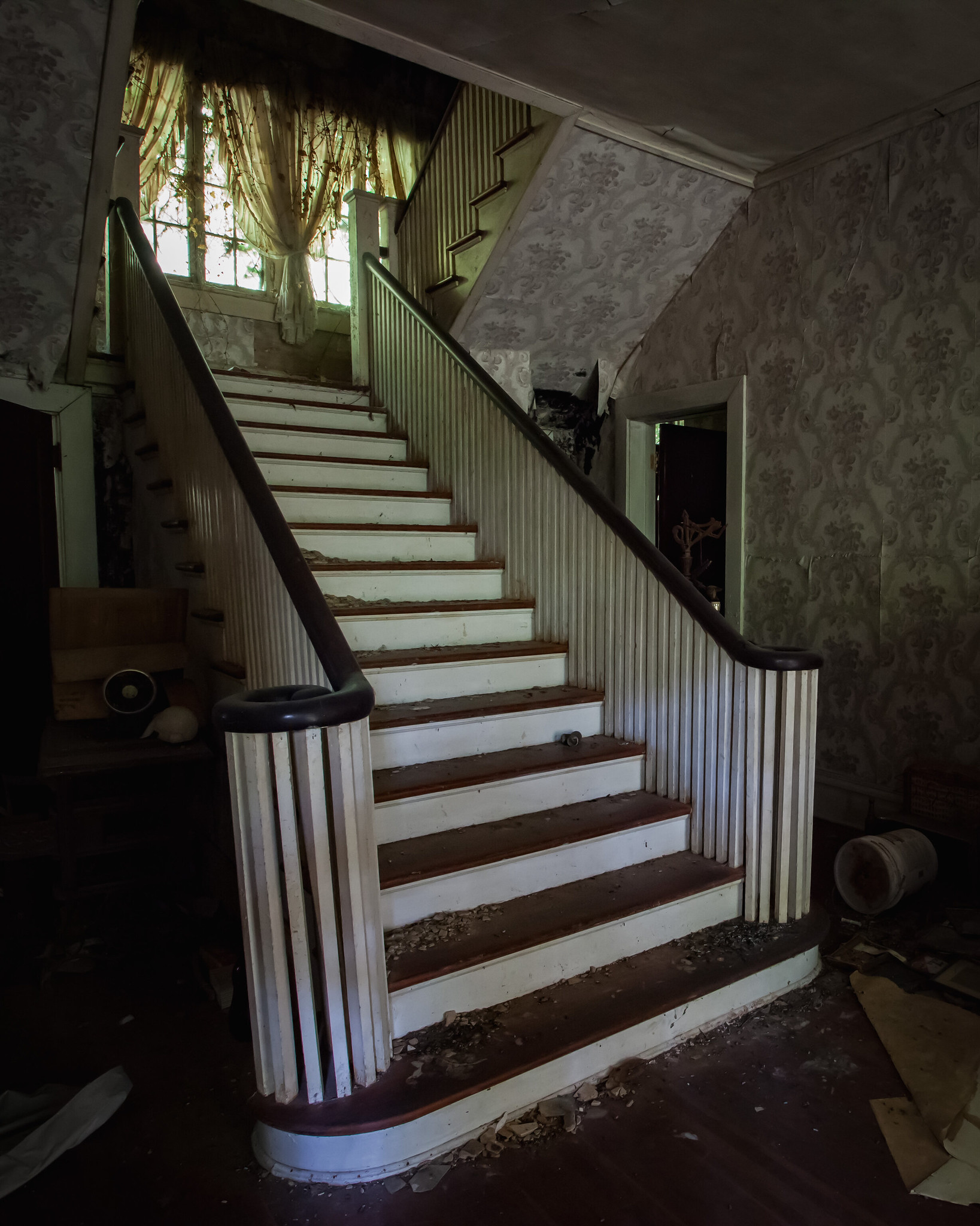



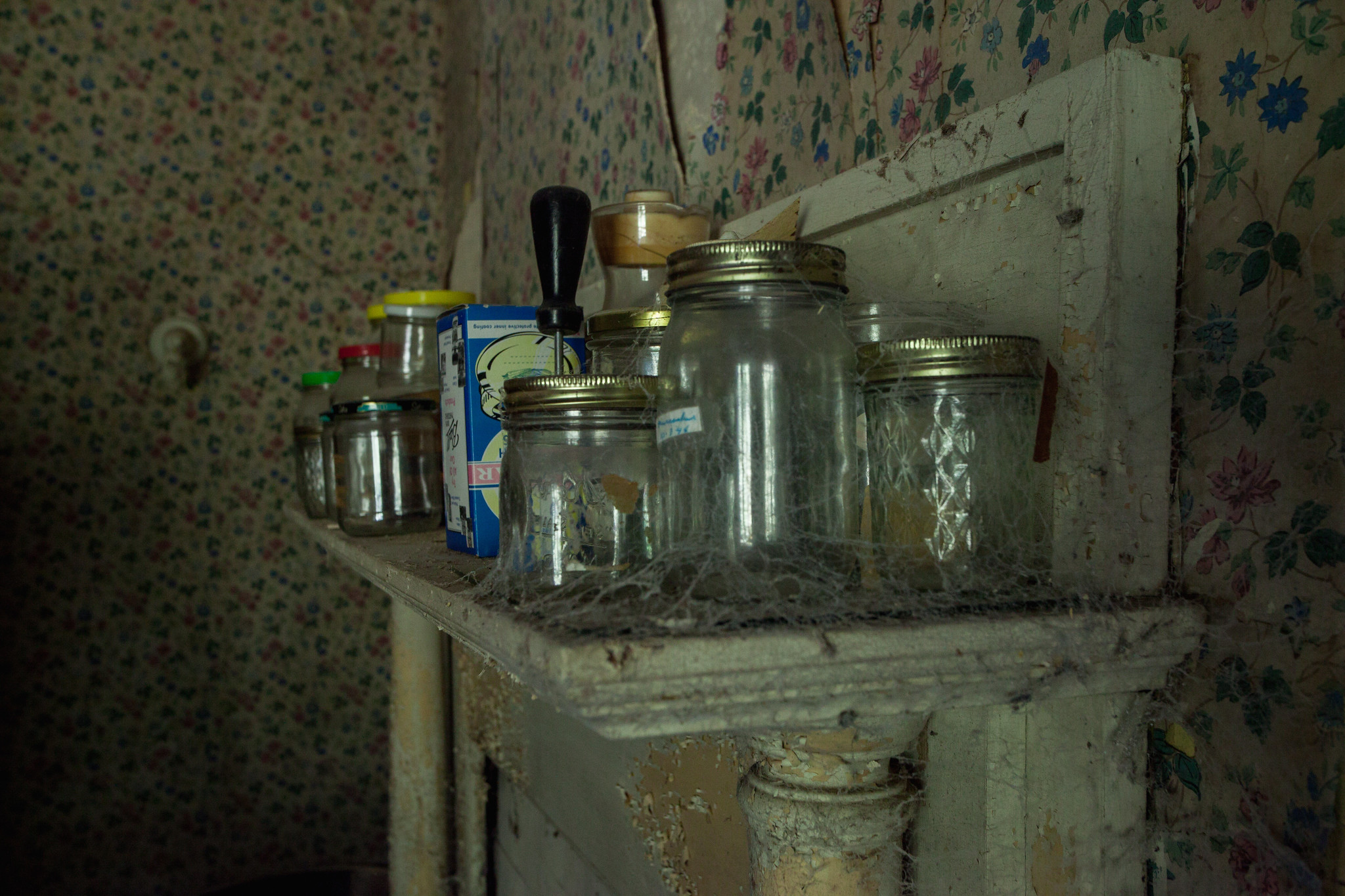

Thank you for reading. Please share the blog with your friends. I appreciate your support. You can find me on Facebook, Instagram, and TikTok. For more amazing, abandoned places check out my photography books.
What to read next:
- Exploring the Enchanting History of Dunalastair Castle in Scotland
- Rowallan Castle: A Timeless Tale of Majesty, History, and Enchantment
- The Abandoned Glass Mansion of Leesburg, Virginia
- Urban explorer discovers abandoned $12 MILLION mansion.
- Bagni Wildbad: The Elegance of the Past Amidst the Italian Alps
Source: https://numerologybox.com
Category: Abandoned Place
